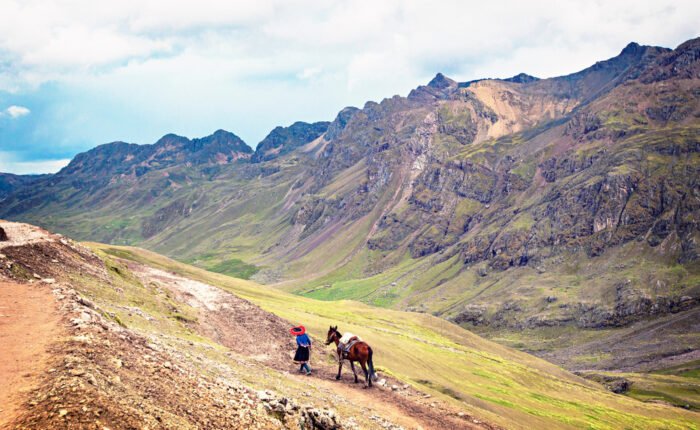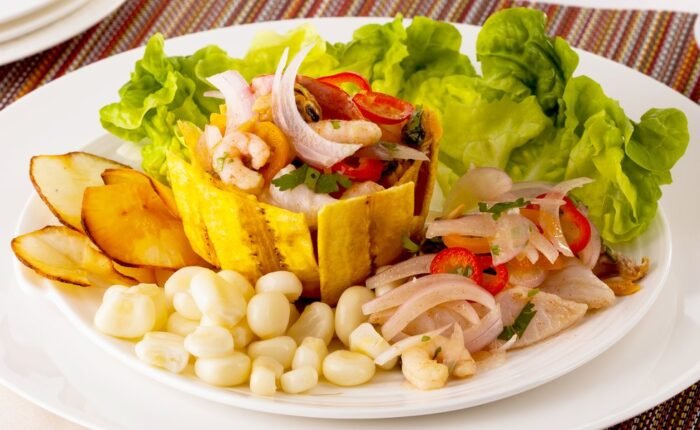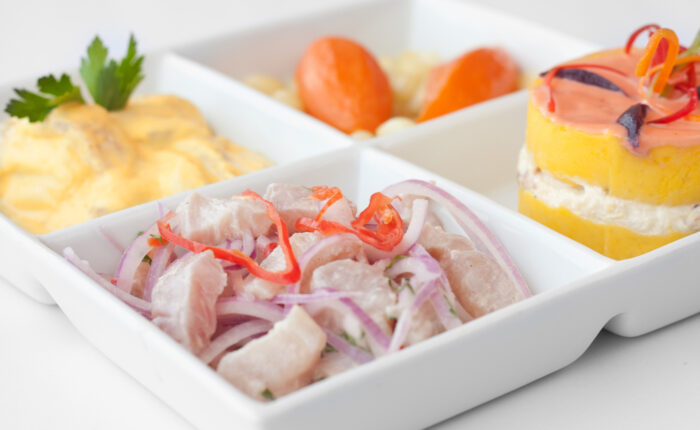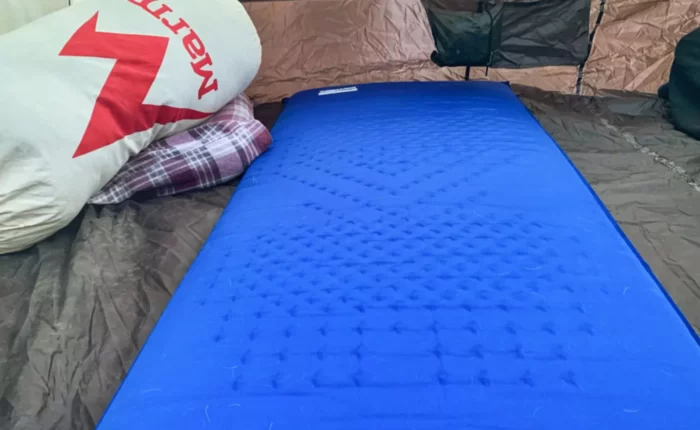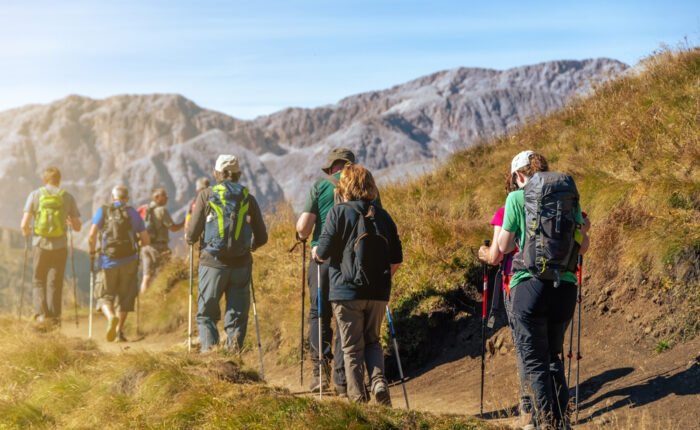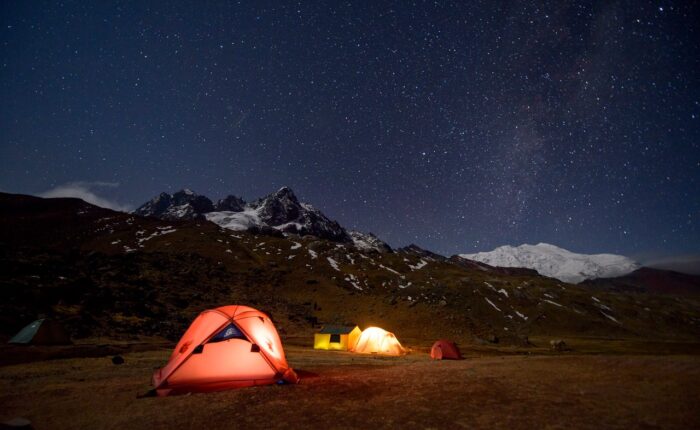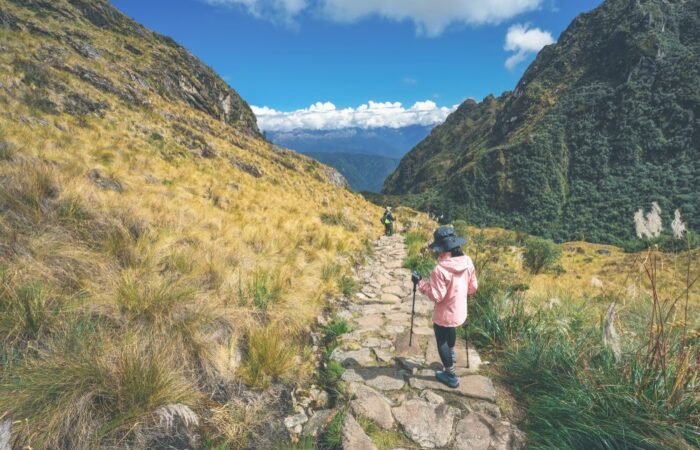

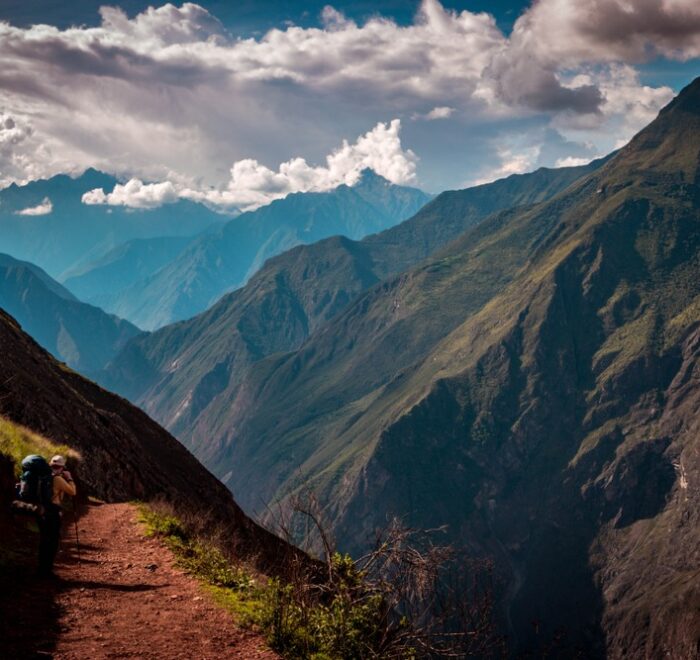
Choquequirao is an Inca citadel, and is just as impressive as the world famous Machu Picchu. It’s commonly known as the ‘Lost City of the Incas’ because it’s so remote and difficult to get to. This means that it has very few visitors on a daily basis and is a great alternative if you don’t like large crowds.
Only a part of the site is uncovered at the moment and is huge overall. You get to enjoy the immense citadel in peace with just the sounds of nature to accompany you. Similarly to Machu Picchu, it formed a link between the Andean and Amazonian regions.
This archaeological site was hugely important in its time and it served as one of the last resting places of the Incas before the Spanish invasion.
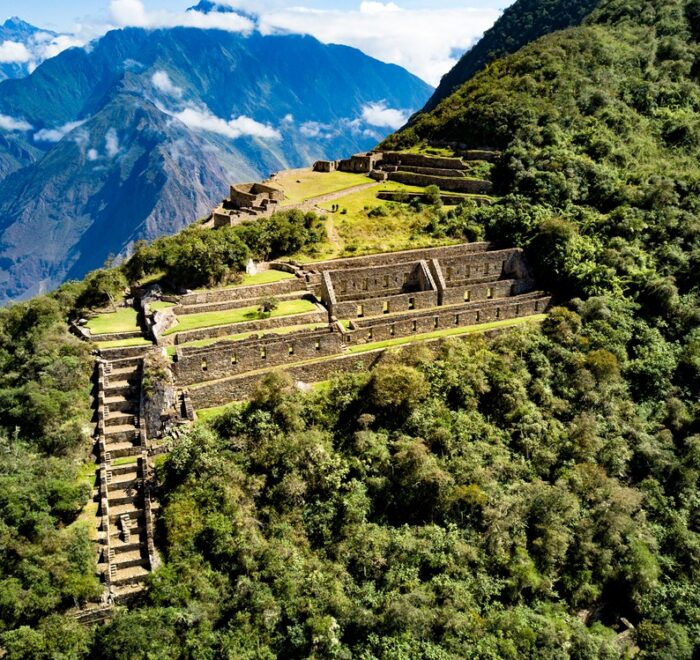
Choquequirao is an Inca citadel, and is just as impressive as the world famous Machu Picchu. It’s commonly known as the ‘Lost City of the Incas’ because it’s so remote and difficult to get to. This means that it has very few visitors on a daily basis and is a great alternative if you don’t like large crowds.Only a part of the site is uncovered at the moment and is huge overall. You get to enjoy the immense citadel in peace with just the sounds of nature to accompany you. Similarly to Machu Picchu, it formed a link between the Andean and Amazonian regions.
This archaeological site was hugely important in its time and it served as one of the last resting places of the Incas before the Spanish invasion.

To visit Choquequirao there are a few different treks, ranging from 4 days to 9. You can opt to visit only Choquequirao or combine it with a visit to Machu Picchu. Depending on your fitness and time available in Cusco, you can choose the right option for you.
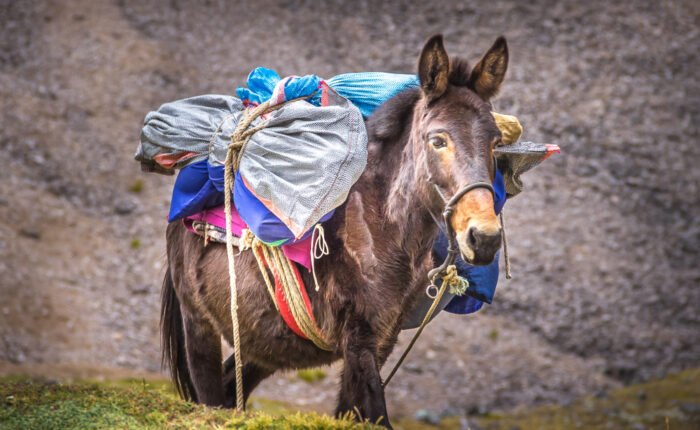
All of our horsemen are from Cachora, which is the starting point of our trek. We make sure to employ responsible people that are serious about what they do. This way, they do an excellent job at transporting everyone’s items along the trail with mules and are in charge of getting your gear safely to each campsite where it will be waiting for you.
Our horsemen are very content with us receiving a good salary and benefits at the end of each season. Peru Hike provides all the mountain gear and uniforms to the horsemen. These guys can be of great help in an emergency because they know the area and trail like the back of their hand.

Peru Hike relies on an extensive network of highly trained guides and expert ambassadors as a premise to guarantee excellence in our services. We are fully conscious that an excellent guide is key to making your trip a memorable
experience, which is why we are extremely demanding when recruiting and regularly training our guides.
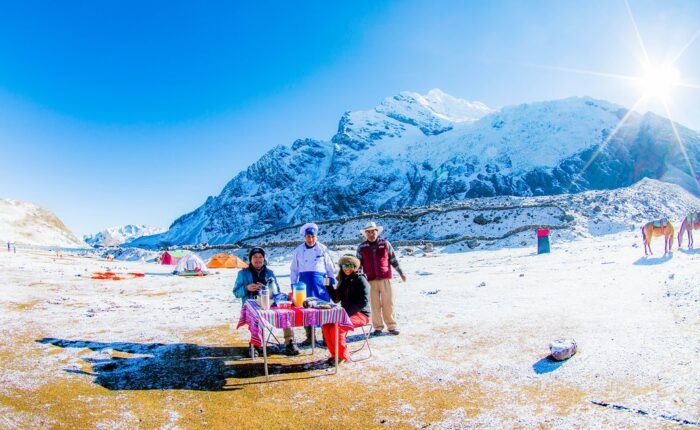
In all of our trekking trips, the chef ensures high-quality meals on time, an adequate diet both in its quality and quantity. The secret lies in the careful selection of our team of chefs, whose top-quality restaurant background,
creativity and passion for their jobs provide an unequalled touch to all of our meals. We do not have set menus since we wish to give our chefs the chance to create, innovate and surprise our clients through delicious dishes in every
trip.

We do not have set menus since we wish to give our chefs the chance to create, innovate and surprise our clients through delicious dishes in every trip. We provide general guidelines, guest information on dietary restrictions and
preferences and, most especially, the tools for a constant updating of our cooks’ knowledge in both Peruvian and International cuisine through specialization courses and training.

Enjoy a good night’s sleep in our spacious Eureka tent. All our tents are built to be four man tents, but you will only have to share with one other trekker. This leaves a lot of room to spread out comfortably and store your duffels.
They are an A-frame design, with entrances on both sides of the tent. They also include a vestibule in front, giving you some extra outdoor space to leave your boots and walking sticks. We are proud to be the only company to use these
tents.
Before You Go, What You Should Know
Knowing what to expect from the trek in advance can be a great help when getting ready for your trip or deciding to book it in the first place. Read on for what to expect on the Choquequirao trek
This is one of the more challenging treks in Peru, so you need to be prepared. Different altitudes and terrains mean that parts are difficult. In regards to distance, this isn’t very far at all compared to other trails, but the gradient is tough.
Like with any trek in Cusco, we recommend you spend 2-3 days in the city beforehand. If not, you’ll find that the altitude affects you much more on the trail. You might experience lightheadedness or headache as you trek, but this is normal.
You’ll be camping along the trail and the nights in the Andean mountains can get very chilly. You’ll need a warm sleeping bag and clothing to keep you cozy.
In contrast to the nights, the days are very warm. You’re going to be hiking much closer to the sun as you’ll be at high altitude, so the UV rays can do a lot more damage. There are also plenty of bugs along the way, so repellent is a must.
Being far away from the city means that you need to go back to basics. You’ll find small stands along the way to buy snacks and water, but it’s better to be prepared. Toilet paper is a must and don’t expect luxury bathrooms.
The road to get to the trek is windy and makes you feel a little motion sick. Just prepare beforehand and you’ll be ok. Many people like to sleep along the way to avoid it altogether. This is usually doable as the ride is early in the morning.
There’s no doubt that a trek through the Andes is stunning. The scenery that surrounds you is beautiful and you’ll see some lovely flora and fauna. The rolling hills provide for one of the best landscapes you’ll see in your lifetime.
The ruins sit high in the mountains surrounding the city of Cusco. It’s far away from Machu Picchu and the Sacred Valley and isn’t visited by many. It’s in the Vilcabamba mountain range and sits at 3,050 masl. It’s in the Santa Teresa district of La Convencion.
This is a challenging trek and one of the toughest in Cusco. It isn’t a long-distance hike, but you’ll be climbing steep trails and the days will be hot while the nights are cold. You’ll find that the elevation changes along with the climate making you experience hot and cold changes quickly. There are easier sections, but the trek is challenging overall.
Getting your things together for a trek can prove challenging, especially when you’re going to be passing through different climates and altitudes. To help you out, we’ve put together the ultimate packing list to make sure you have everything you need.
Take a look at the following tips to help you prepare.
Finally, to make sure you have everything you need and are as well prepared as can be, here are some recommendations.
Even though the Choquequirao trek is a quiet route and doesn’t tend to sell out, it’s a good idea to book in advance. This is because your tour operator will need time to prepare and organise the trip. Hoping for a last minute spot may mean you’re disappointed when you get here.
You really need to make sure you thoroughly check the packing list and have everything you need. Once you leave the city there’ll be no turning back and nowhere to top up on forgotten items. You don’t want to be freezing at night because you forgot the right clothing.
The weather in Cusco doesn’t change too much during the year, but November to April is the rainy season. This can make the trail slippery and a little more dangerous. May to October is the dry season, however this makes it colder at night.
Most operators won’t let you travel without it. If you were to suffer an injury and didn’t have coverage, you’ll find that medical care is very costly in Cusco.
Although the company you travel with may give you daily snacks, it may not be enough. We recommend taking some extras for when you need a boost of energy, like nuts, fried fruits, or chocolate.
As mentioned before, you’ll be heading up to high altitude. You’ll need to plan for this by coming to Cusco 2-3 days before the trek. You can talk to your doctor back home about pills to help. You can also make use of coca tea and candies, which can really help.
Remember that there’ll be no showers or proper toilets along the way. This is why we recommend toilet paper, wet wipes, and hand sanitiser.












